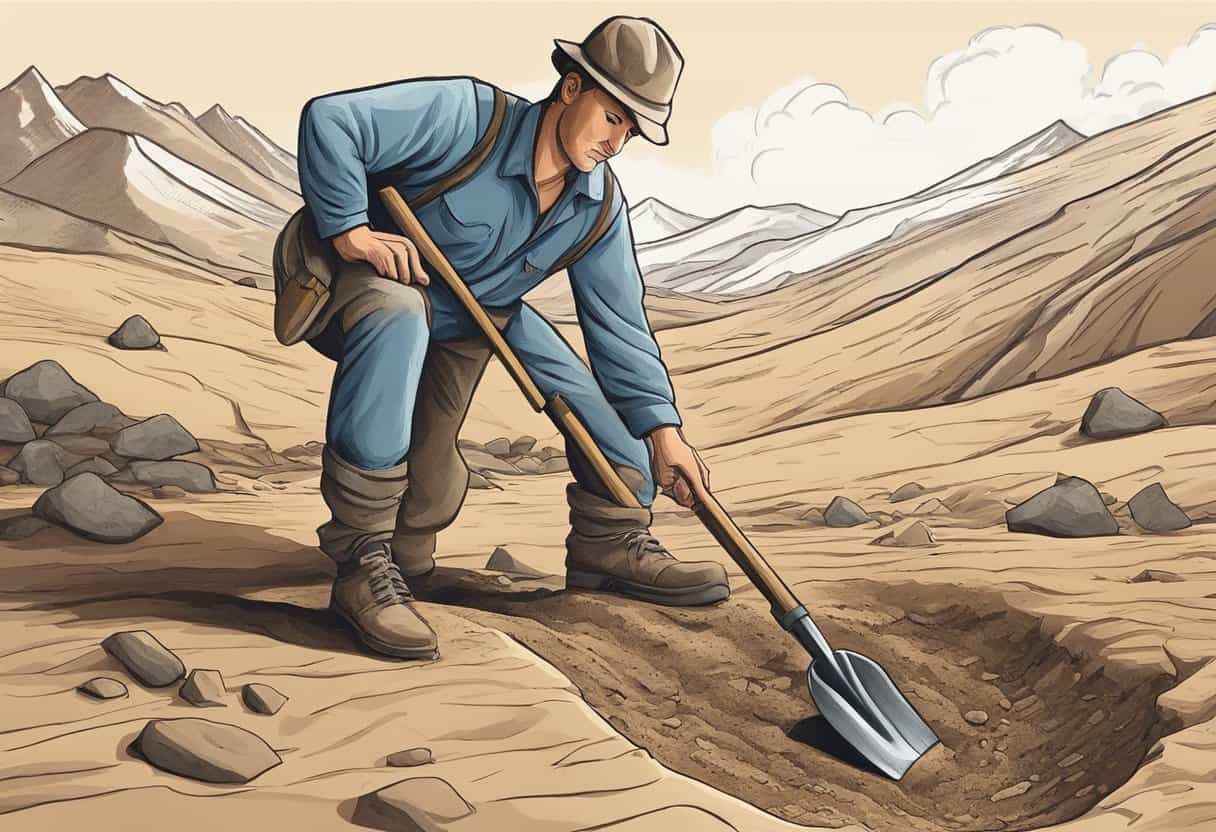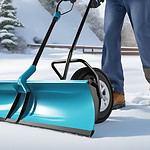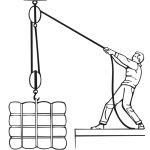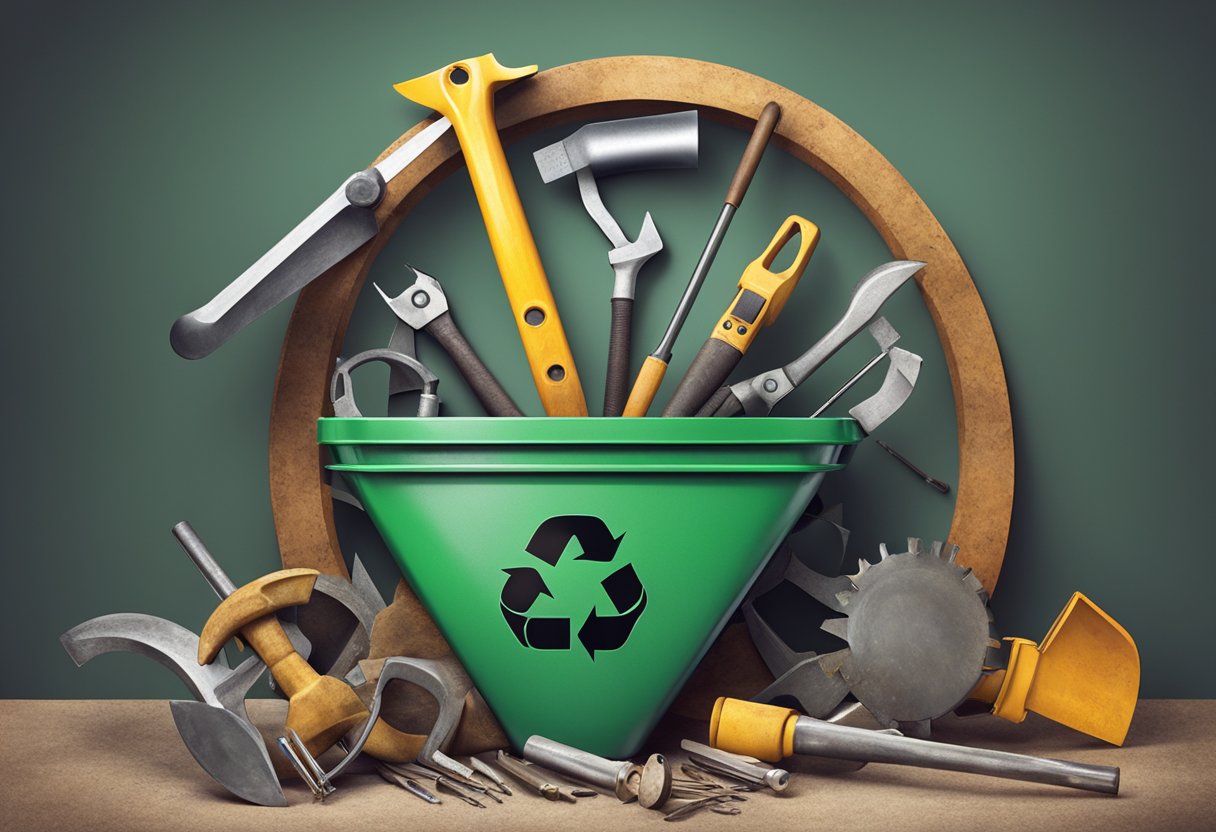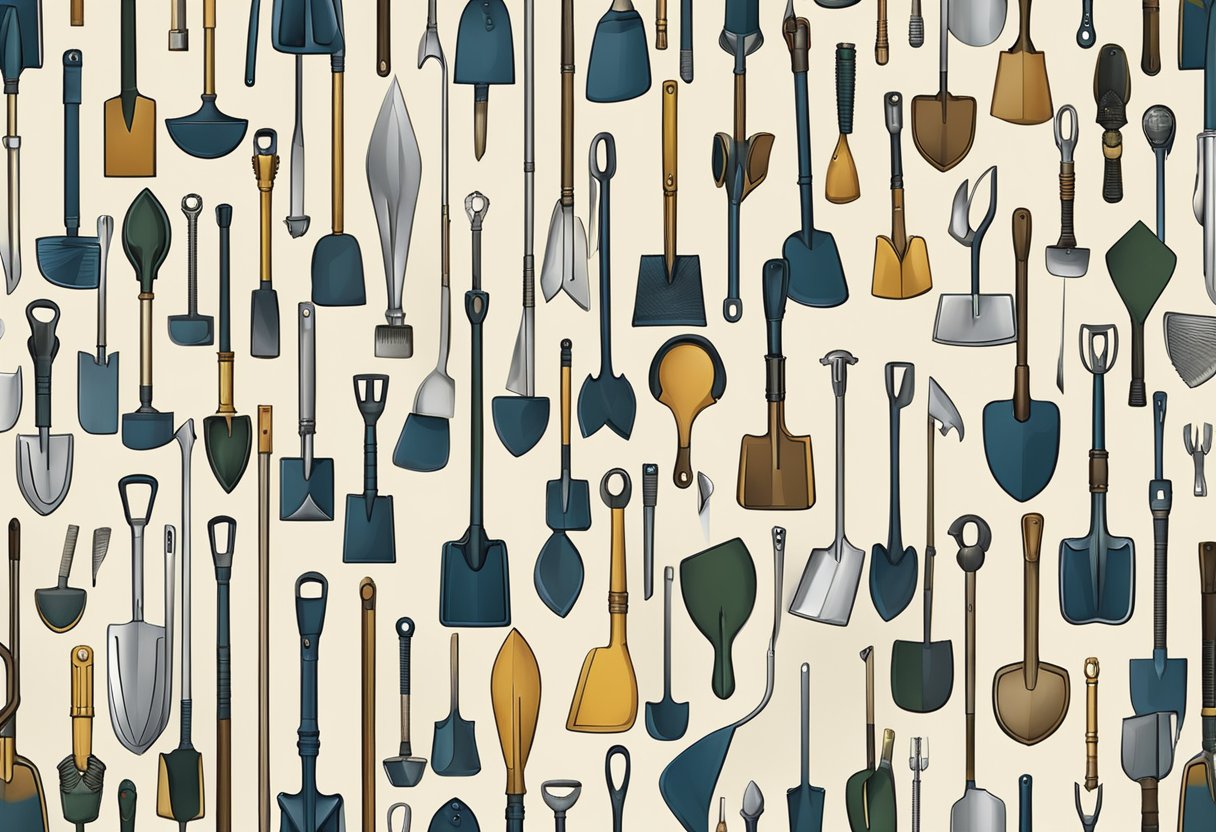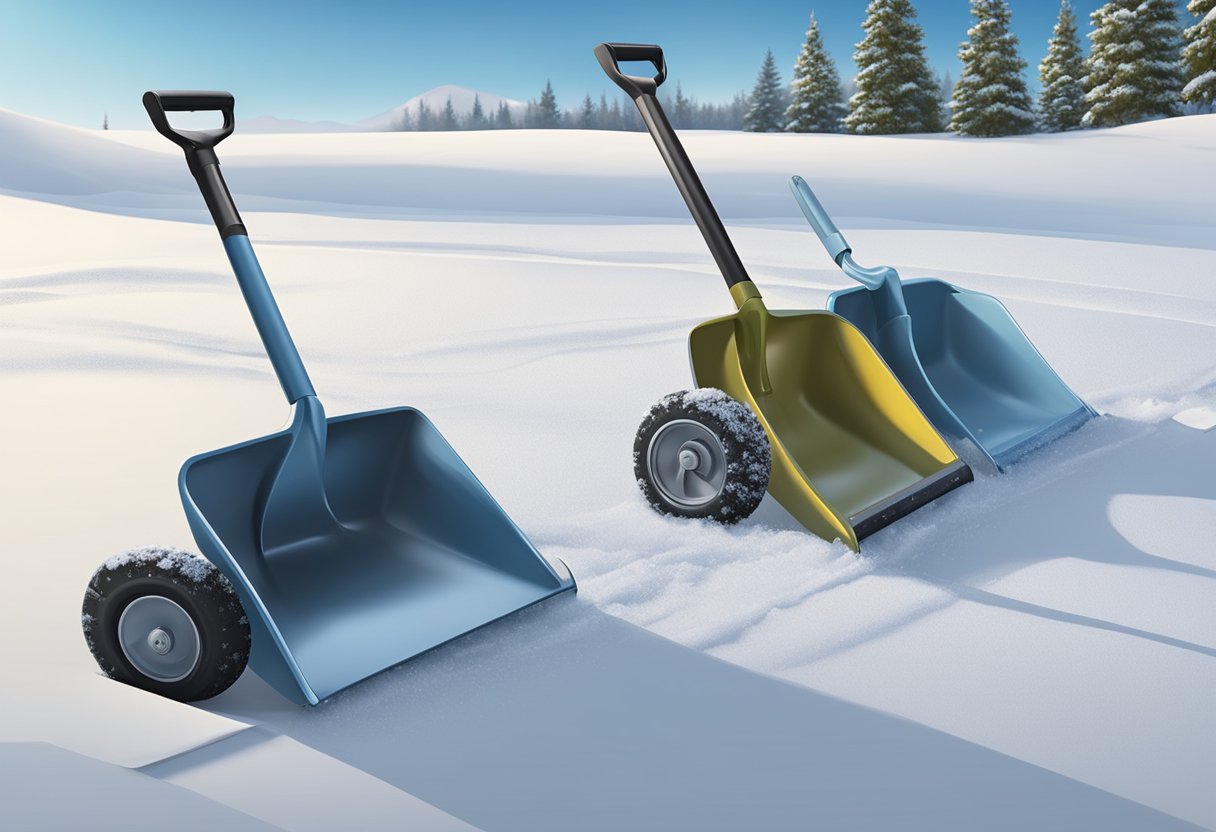Spades are one of the most versatile and essential tools anyone can own, and I have always been fascinated by the different types of spades and their uses in gardening, landscaping, and construction. They come in various shapes, sizes, and designs, each with unique features and benefits. There are multiple names, types and uses of spades, including drain spades, track spades, tree shovel spades, trenching spades, transplanting spades, tiling spades, wood drain spades, pointed spades, garden spades, border spades, digging spades, perennial spades, hand spades, narrow spades, small spades, rabbiting spades, and grafter spades.
Table of Contents
Types And Uses Of Spades
As a gardening enthusiast, I have encountered various spades that serve different purposes. Spades are gardening tools for digging, cutting, and moving soil, compost, and other materials. They come in multiple shapes and sizes, each with a specific purpose. Here are some of the most common types of spades and their uses:
Border Spades
The border spade is a smaller version of the garden spade, designed for tight spaces. It has a narrow blade and a short handle to provide precision and control. The Spear & Jackson Traditional Stainless Steel Border Spade is a high quality spade and this company has been making tools in England since 1765.
Digging Spades
The digging spade is a heavy-duty tool in hard soil or clay. It has a pointed blade and a long handle to provide leverage for digging. It is ideal for digging, planting holes and trenches and removing weeds. They are also great for turning over soil and breaking up clumps. The Radius Garden 22011 Root Slayer Shovel is a sturdy option as it gets rids of roots and digs all in one.
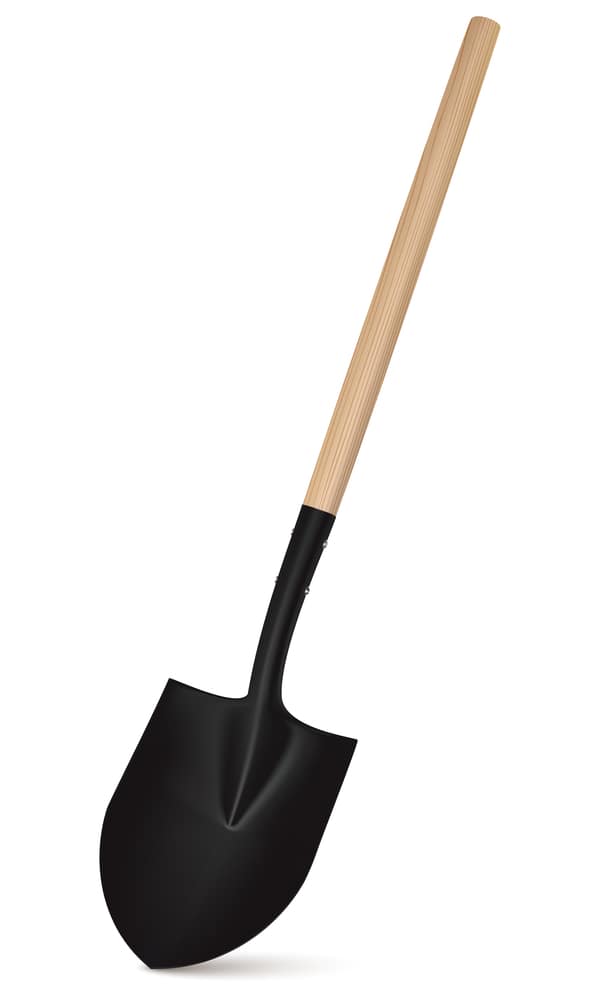
Drain Spades
One of the most popular types of spades is the drain spade, designed for digging narrow trenches, cleaning out ditches, digging drainage ditches, adding flowers to beds, transplanting small shrubs and transplanting trees. It features a thin, narrow blade curved at the sides with a rounded tip. It is also known as a trenching spade or wood drain spade.
The drain spade is a thin, narrow gardening tool curved at the sides with a rounded tip. The AMES 2531700 Steel Drain Spade with Hardwood Handle is a popular option.
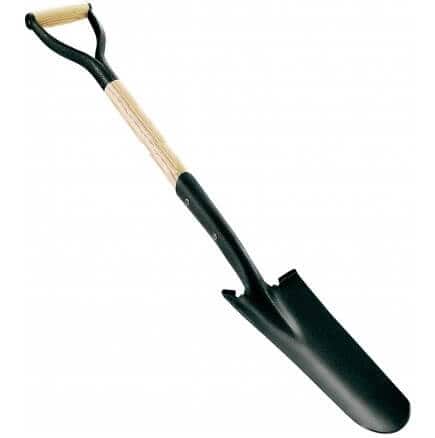
Garden Spades
The garden spade is a general purpose tool with a flat, slightly curved blade for digging, cutting through roots, and moving soil. It is also known as a border spade or hand spade. The Fiskars 46-inch Steel D-handle Square Garden Spade is a reliable choice.
Grafting Spades
The grafter spade is a specialized tool for grafting trees, shrubs and plants, with a thin, sharp knife that can make precise cuts. It is also known as a pruning spade.
Hand Spades
The hand spade is a small, handheld tool for planting, weeding, and other small tasks. It has a narrow blade and a short handle to provide precision and control. There are also hand spades that come with long handles as well.

Narrow Spades
The narrow spade is a specialized tool for digging in tight spaces or between plants. It has a narrow blade and a short handle to provide precision and control. The Spear & Jackson 4550NB Traditional Stainless Steel Narrow Border Spade is reliable.
Perennial Spades
The perennial spade is a small, lightweight tool for digging and dividing perennials. It has a narrow blade and a short handle to provide precision and control. The Radius Garden 23311, Root Slayer Perennial Spade is a reliable option.

Pointed Spades
The pointed spade is a versatile tool for digging hard or rocky soil. It has a pointed blade that can penetrate tough soil and a long handle to provide leverage for digging. The Fiskars 1003690 Classic Digging Spade is a sturdy option.
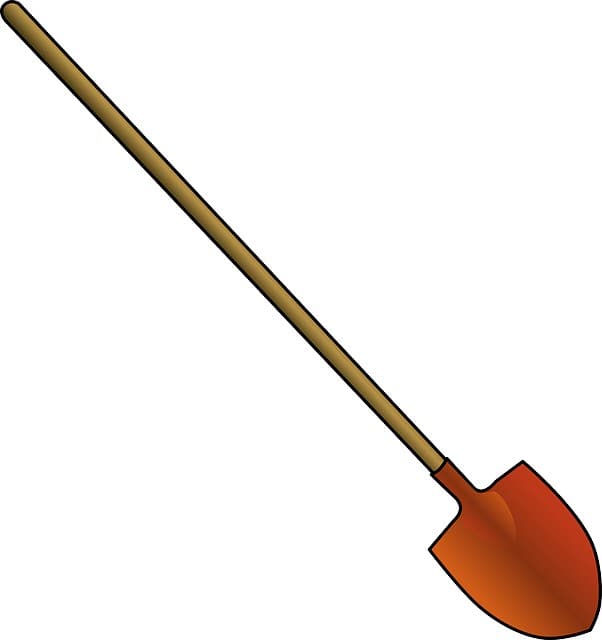
Rabbiting Spades
A small, narrow spade with a curved blade for digging burrows and holes for rabbits and other small animals. The rabbiting spade is also known as a small or narrow spade as it has a narrow, pointed blade designed for digging small holes, such as those needed for planting bulbs or installing fence posts.
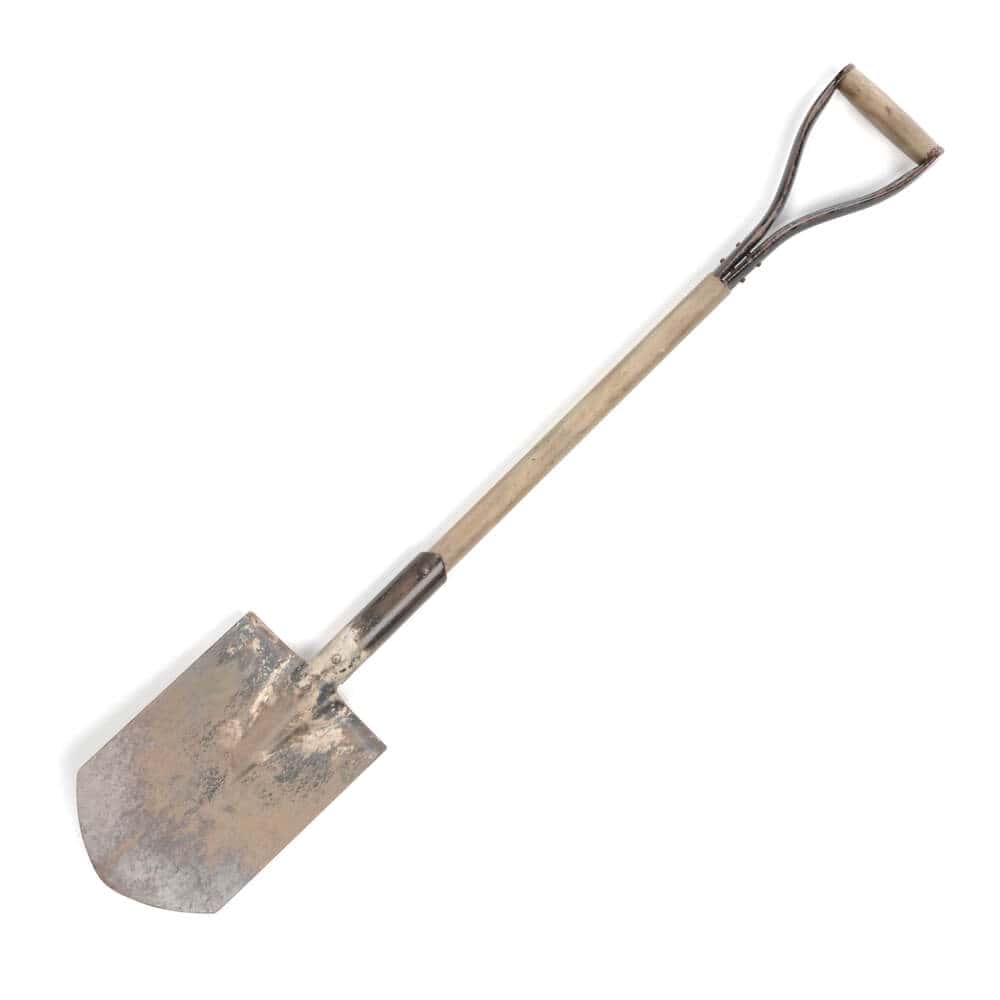
Small Spades
Small spades are a lightweight tool for digging holes or transplanting small plants. It has a small blade and a short handle to provide precision and control.
Track Spades
A track spade is a specialized tool for digging narrow, straight trenches. It is commonly used in the installation of irrigation systems or electrical cables. Track spades are also known as tree shovel spades, snow spades, or track shovel spades and help dig holes for fence posts, plant trees, and general track maintenance. It has a wide, flat spade with a slightly curved blade for digging tracks and paths in soil, sand, or snow. The Structron 49736 Drain Spade is a durable option for this purpose.
Tree Shovel Spades
The tree shovel spade is a significant, heavy-duty tool for transplanting trees or shrubs. It has a long handle with a narrow, flat blade that penetrates tough soil and roots easily. It is also known as a transplanting spade or perennial spade. As it has a broad blade and a long handle, it can provide leverage for digging up large roots. The A.M. Leonard All Steel Nursery Spade is a sturdy choice.
Trenching Spades
Another type is the trenching spade, which has a broad, flat blade ideal for digging long, narrow trenches and channels for irrigation or drainage systems. It is also known as a ditching spade or drainage spade.
The trenching spade is similar to the track spade but has a broader blade and is used for digging wider trenches. It is commonly used for laying pipes or cables. The Structron 49736 Drain Spade is a durable option for this purpose.
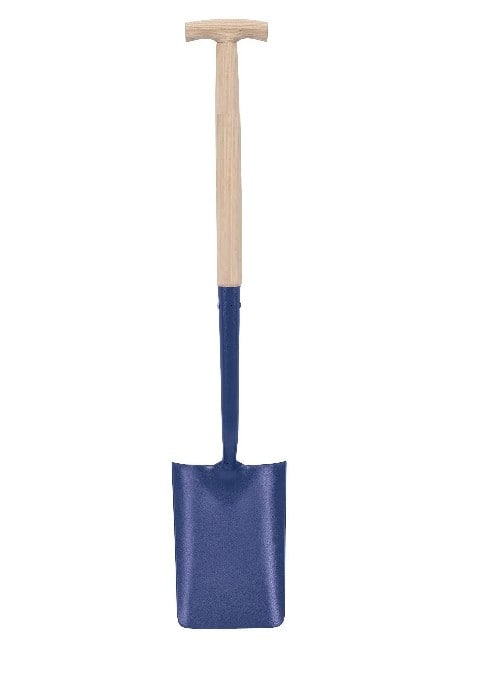
Transplanting Spades
The transplanting spade is another popular type of spade used for moving plants from one location to another without damaging their roots. It has a long, narrow blade is ideal for digging deep holes and lifting plants. They are also great for dividing perennials and digging in tight spaces, as they have a narrow blade and a short handle to provide precision and control. The Fiskars 46-inch Steel D-handle Transplanting Spade is a popular choice for this task.
Tiling Spades
The tiling spade, also known as a drain spade or wood drain spade, is a specialized tool for digging trenches for drainage tiles. Tiling spades have narrow, curved blades designed for digging trenches for drainage pipes or tiles, and they are also great for edging and creating neat borders around flower beds and paths. The AAshman Short Handle Drain Spade is a reliable option.

Wood Drain Spades
The wood drain spade is lightweight for digging shallow trenches or drainage ditches. It has a narrow blade and a short handle to provide precision and control. The KOLEIYA Drain Spade with a metal handle is a durable option.
Choosing The Right Spades
When choosing a spade, consider the type of work you will be doing, the size of the area, and your physical strength and comfort. A well designed spade can make tasks more manageable and enjoyable, while a poorly designed one can cause strain and injury.
When choosing the proper spade, there are many options to consider.
The first thing to consider is the purpose of your spade. Are you digging a trench, transplanting a tree, or creating a border around your garden? Each task requires a different type of spade. For example, a trenching spade has a long, narrow blade perfect for digging trenches, while a border spade has a smaller blade ideal for creating neat edges around flower beds.
The size of the spade is another essential factor to consider. Larger spades are better for digging bigger holes, while smaller spades are more suitable for planting smaller plants or working in tight spaces. A narrow spade, for example, is perfect for digging in between plants, while a small hand spade is ideal for working in raised beds.
The material of the spade is also essential. Spades can be made from various materials, including stainless steel, carbon steel, and aluminum. Stainless steel spades are durable and rust-resistant, while carbon steel spades are solid and long-lasting. Aluminum spades are lightweight and easy to handle.
Finally, the handle of the spade is also an important consideration. Some spades have wooden handles, while others have plastic or metal handles. Wooden handles are the most comfortable to grip and provide good traction, while plastic and metal handles are known for being more durable and resistant to wear and tear.
Final Thoughts
Choosing the proper spade depends on your specific needs. Consider the spade’s purpose, size, material, and handle to find the one that is right for you.
Frequently Asked Questions
What is the difference between a drain spade and a digging spade?
A drain spade, or tile spade, is a thin, narrow gardening tool curved at the sides with a rounded tip. On the other hand, a digging spade is used to dig, turn over and prepare soil for planting and has a pointed tip.
What is a rabbiting spade used for?
A rabbiting spade is a small, narrow tool for digging smaller holes for planting bulbs, seedlings, and small plants. It is also helpful for removing weeds and aerating soil in tight spaces.
What are the benefits of using a narrow or small spade for gardening?
Narrow and small spades are helpful for gardening tasks that require precision and control and working in tight spaces or around delicate plants. Additionally, they are lighter and easier to maneuver than larger spades, making them ideal for gardeners who need to work for extended periods.

